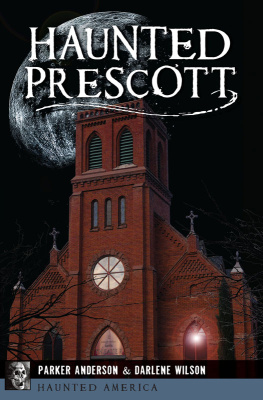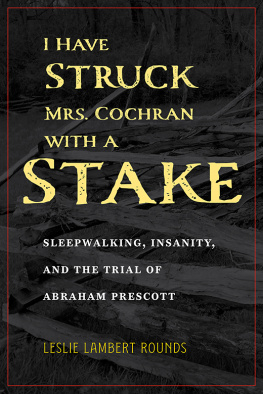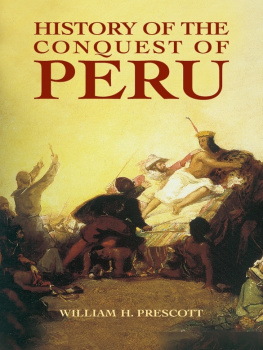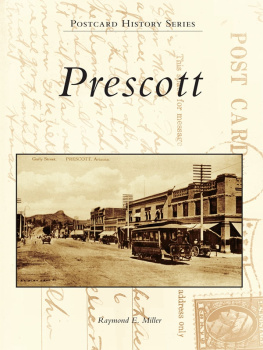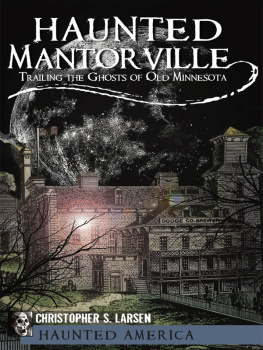
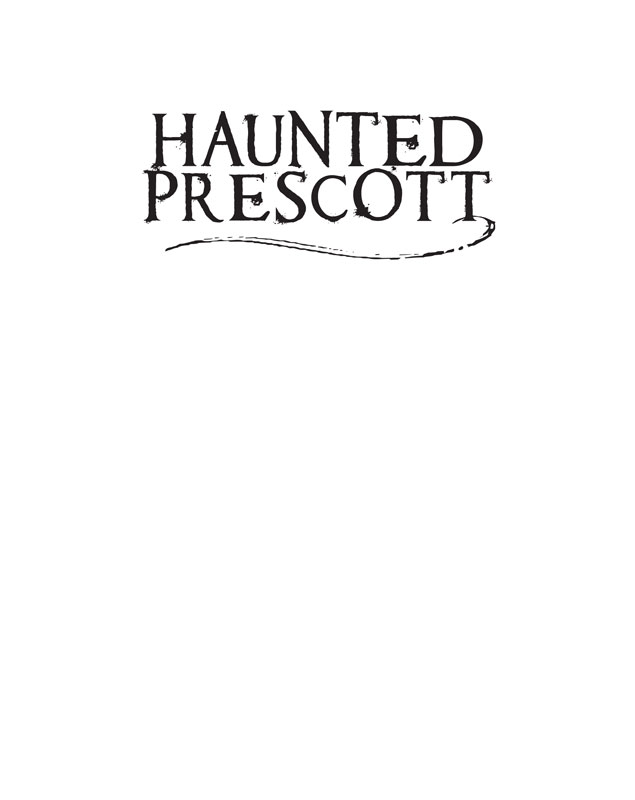

Published by Haunted America
A Division of The History Press
Charleston, SC
www.historypress.com
Copyright 2018 by Parker Anderson and Darlene Wilson
All rights reserved
First published 2018
e-book edition 2018
ISBN 978.1.43966.521.3
Library of Congress Control Number: 2018943598
print edition ISBN 978.1.46714.122.2
Notice: The information in this book is true and complete to the best of our knowledge. It is offered without guarantee on the part of the authors or The History Press. The authors and The History Press disclaim all liability in connection with the use of this book.
All rights reserved. No part of this book may be reproduced or transmitted in any form whatsoever without prior written permission from the publisher except in the case of brief quotations embodied in critical articles and reviews.
CONTENTS
ACKNOWLEDGEMENTS
We want to thank Sharlot Hall Museum Library and Archives for information and pictures used in this book. Thanks to Cindy Gresser and Manuel Lucero from the Smoki Museum for the fascinating stories of this beautiful place.
Thanks also to Colette Greenlee and Jennifer Ward from the Elks Opera House and Performing Arts Center for their amazing historical and haunted stories.
We want to thank Zoe Brown and Katelyn Dugan at the Hotel Vendome for their assistance, as well as Spencer and Amore at the Hassayampa Inn. Thank you to Hotel Vendome and Hassayampa Inn for allowing coauthor Wilson to bring groups of people through your lobby on her Haunting Experience Tours.
Thanks to the folks at the historical Palace Saloon for their stories and photographs, as well as for allowing coauthor Wilson to bring groups of people in your saloon and dining room from her tour.
Special thanks to Gregg Michelson, LeighAnn Fleenor and Rhea Formoso, as well as the other employees at Einstein Brothers Bagels shop in Prescott. They always have a warm smile and friendly attitude and save my favorite corner table to work on this book.
Thanks to Isabelle Barnes-Berutts for sharing her pictures of Old Prescott. She is part of a private group called Long-Time Residents of Prescott and has the best photos and stories of this amazing town.
Thanks to Shane Phipps, coauthor Wilsons son, for his pictures he took for the book and support in writing this book. Hes a great son to travel with around town to get the photos needed for this book.
INTRODUCTION
What happens to us after we die? This is a question that mankind has been asking since the beginning of time, and there has never been a consensus of opinion. The belief in what occurs following death has differed from culture to culture, from time to time, with the only consistency being that we do have an immortal soul that goes somewhere after our inevitable demise.
So, what about ghosts? A ghost is an apparition of a dead person that is believed to appear or become manifest to the living, typically as a nebulous image. And spirits? They are the nonphysical part of a person manifested as an apparition after their death; a ghost; a supernatural being. Your spirit is the part of you that is not physical and that consists of your character and feelings. A persons spirit is their nonphysical part that is believed to remain alive after death.
Descriptions of ghosts vary widely, from an invisible presence to translucent or barely visible wispy shapes, realistic lifelike visions or even orbs that appear in photographs. Orbs are likely not spirit beings in and of themselves, but rather emanations from spirit beings. Or they could be dust particles flying around the room. You have to be aware of your surroundings to decide what the orb is that appears in your pictures. If it is a spirit/ghost, it is much easier (as in it doesnt take as much energy) for a spirit/ghost to appear as an orb rather than as a more complete and complex presence. (Note to photographers: orbs will often respond to requests to appear in photographs.)
Many believe that ghosts are indeed the spirits of the dead, remaining behind in a place they loved in life. Others believe that these spirits are trapped in some kind of vortex because they died horrible deaths on a particular property. Still others believe that the ghosts are not related to the property at all but have settled there because they like it. All of this could be true. It is unlikely that one explanation covers every lingering spirit. The reasons could be as varied as the spirits themselves.
Ghost sightings and haunted places are so widespread that virtually every sizable town and city has them. What is responsible for these phenomena is a matter of debate. There are many differing opinions as to the meaning of ghosts, spirits and what happens after we die. My advice is to read everything you can on any paranormal subject you are interested in and then form your own opinion. Dont believe everything you read or hear. You will know what feels right for you.
The purpose of our book is to relate some of the stories of the ghosts of Prescott, along with some information on the history of our fascinating city.
Jack W. (Jack) Swilling (18301878) led the first party of non- Indians to explore the Hassayampa River in January 1860. He and his companions declared that this new region has the finest indications of gold of any they have ever seen. In 1867, Swilling began the first canal building company in the Salt River Valley, leading to the beginnings of Phoenix and surrounding communities.
PRESCOTT, ARIZONA
President Abraham Lincoln signed the Organic Act on February 20, 1863, creating the Arizona Territory out of a portion of land that had been ceded by Mexico to America by force at the end of the Mexican- American War (184648). This required the president to appoint a set of officials and send them west to set up a new territorial government for Arizona. Initially, he appointed Ohio congressman John Addison Gurley to be governor of the new territory, but he unexpectedly died of an appendicitis attack before the party set out. On the recommendation of Richard McCormick, President Lincoln then appointed former Maine congressman John Noble Goodwin to the post. McCormick was appointed secretary of the territory.
The first Governors Party set out for its destination, traveling overland by coacha long and arduous journey indeed. The party members were informally expected to set up the new capital at Tucson, an old Mexican pueblo that was the only real town of any size in the new Arizona Territory. After crossing into Arizona in December 1863, Governor Goodwin was informed by General James H. Carleton that Tucson was believed to be a hotbed of Confederate sympathizers (the Civil War was still going on at this time) and that this could make it a difficult place for a new Yankee government to set up shop. The Confederacy had already made a failed attempt to claim Arizona for itself.
The party stopped at Fort Whipple (then located at Del Rio Springs, which is somewhat north of Chino Valley) to get its bearings and decide what to do next. After much scouting and debating, it traveled farther south of Fort Whipple and camped on the banks of Granite Creek. This area was inhabited by only a few stray miners and settlers, but the Arizona territorial officials decided this was the place to establish Arizonas first capital. They christened the new town Prescott, named after the famed Boston-based historian William Hickling Prescott, who had died five years earlier. Naming a new town in honor of a man who had never set foot near the area was likely reflective of the New England dominance of the members of the Governors Party throughout the East Coast, William Prescott was held in very high regard at this time.
Next page
